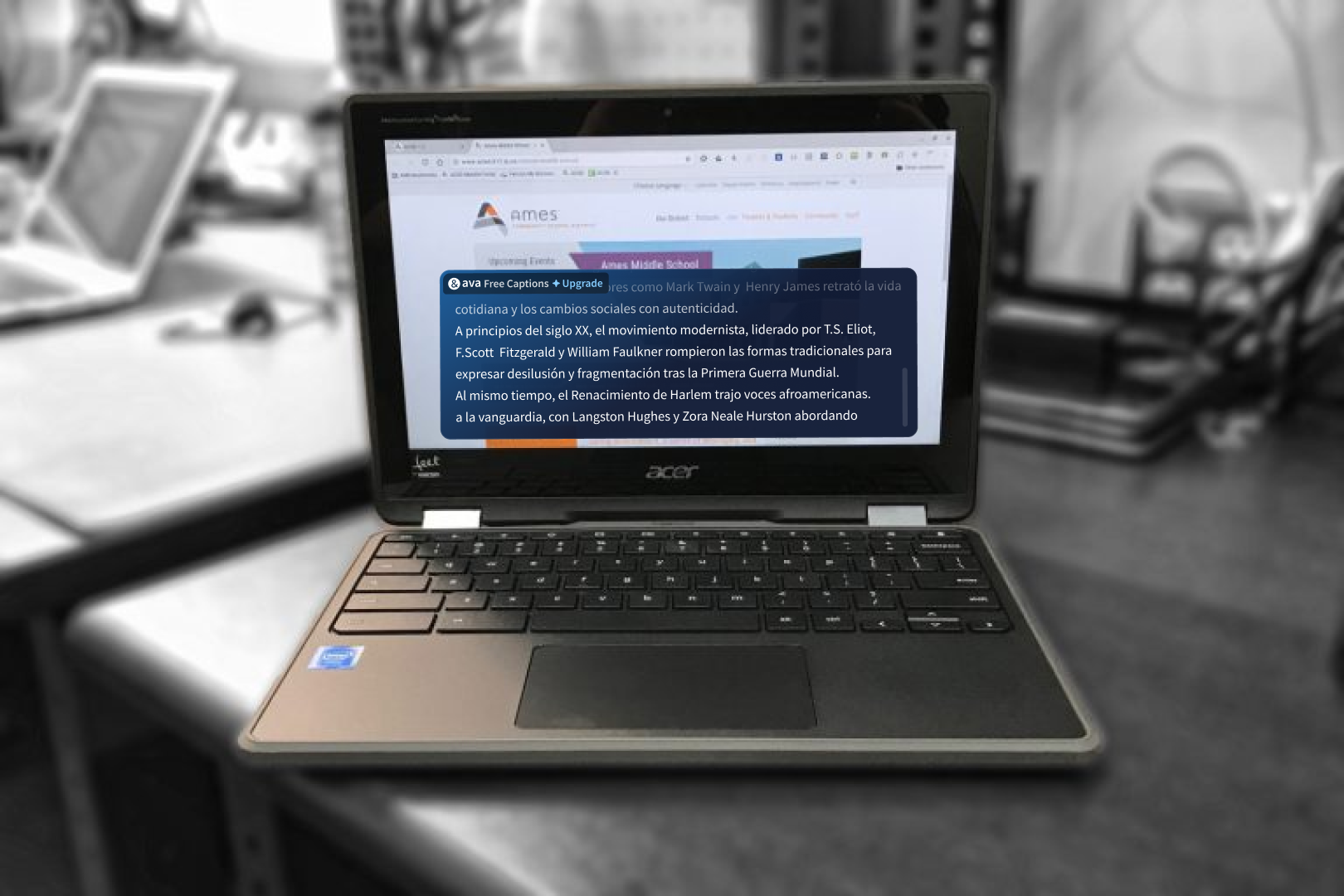
Imagine this: it’s the early ‘90s, and the Americans with Disabilities Act (ADA) has just been signed into law. For many, this was a monumental moment in civil rights history, a seismic shift that finally recognized the rights of people with disabilities to access all aspects of public life.
But for some, it was about something much more immediate—being able to pick up the phone and call a friend, a family member, or even 911, without the need for a third party. Enter Telecommunications Relay Services (TRS), a game-changer that has flown under the radar for too long.
What Exactly Is TRS?
TRS is like that low-key superhero you never hear about but who’s always saving the day. Title IV of the ADA, which took full effect in 1993, mandates that all U.S. telephone companies provide TRS. So what does this mean?
If you’re deaf, hard of hearing, or have a speech impairment, TRS is your golden ticket to the world of telecommunication. It allows you to communicate with someone using a standard telephone, thanks to a Communications Assistant (CA) who acts as the bridge between you and the person on the other end of the line.
The service offers two key options: Voice Carry Over (VCO) and Hearing Carry Over (HCO). With VCO, if you have trouble hearing but can speak, you can directly talk to the other person while reading their response typed by a CA. HCO, on the other hand, is for those who can hear but have difficulty speaking. The CA reads your typed message to the other person and relays their spoken response back to you.
How Do You Use TRS?
Using TRS is as simple as dialing 711. Seriously, that’s it. Whether you’re at home, at work, or on the go, you can access this service from anywhere in the United States. The best part? It’s free. The CAs are trained professionals who are there to make your life easier, and they’re so discreet you might forget they’re even part of the conversation. They’re just there to ensure that your words come across exactly as you intended—no more, no less.
Worried about emergencies? Don’t be. You can dial 911 directly from a TTY or TDD device without having to go through TRS. And if you’re traveling or living in different states, dialing 711 will automatically connect you to that state’s relay service. TRS has your back, no matter where you are.
The Evolution of TRS
TRS has come a long way since its inception. What started as a service primarily for TTY users has expanded into various forms, each catering to different needs and advancements in technology. There’s Video Relay Service (VRS), which is a godsend for those who communicate primarily through American Sign Language (ASL). With VRS, you can sign to a certified interpreter via video conferencing, who then voices your message to the person on the other end of the line.
And let’s not forget Internet Protocol (IP) Relay, which ditches the traditional telephone network for the internet. Whether you’re on a computer, a PDA (remember those?), or any other web-enabled device, IP Relay has got you covered. There’s even a Captioned Telephone Service for those who are deaf or hard of hearing but still have some residual hearing. It’s like having subtitles for your phone calls—genius, right?
Where to Learn More
If all this has piqued your interest, and you’re hungry for more details, the Federal Communications Commission (FCC) is the place to go. They offer a treasure trove of information on TRS, from how it works to the different services available.
For more specialized information, the National Institute on Deafness and Other Communication Disorders (NIDCD) maintains a directory of organizations that can provide even more in-depth insights. Whether you’re looking for advice on the ADA, assistive technology, or the nitty-gritty of telecommunications, they’ve got you covered.
The Bottom Line
Telecommunications Relay Services might not be something you think about every day, but for millions of Americans, it’s an essential part of life. It’s a service that’s quietly revolutionized the way people with hearing or speech disabilities connect with the world. So next time you dial 711, know that you’re not just making a call—you’re tapping into a lifeline that’s been empowering people for over three decades. And that, my friends, is something worth talking about.




